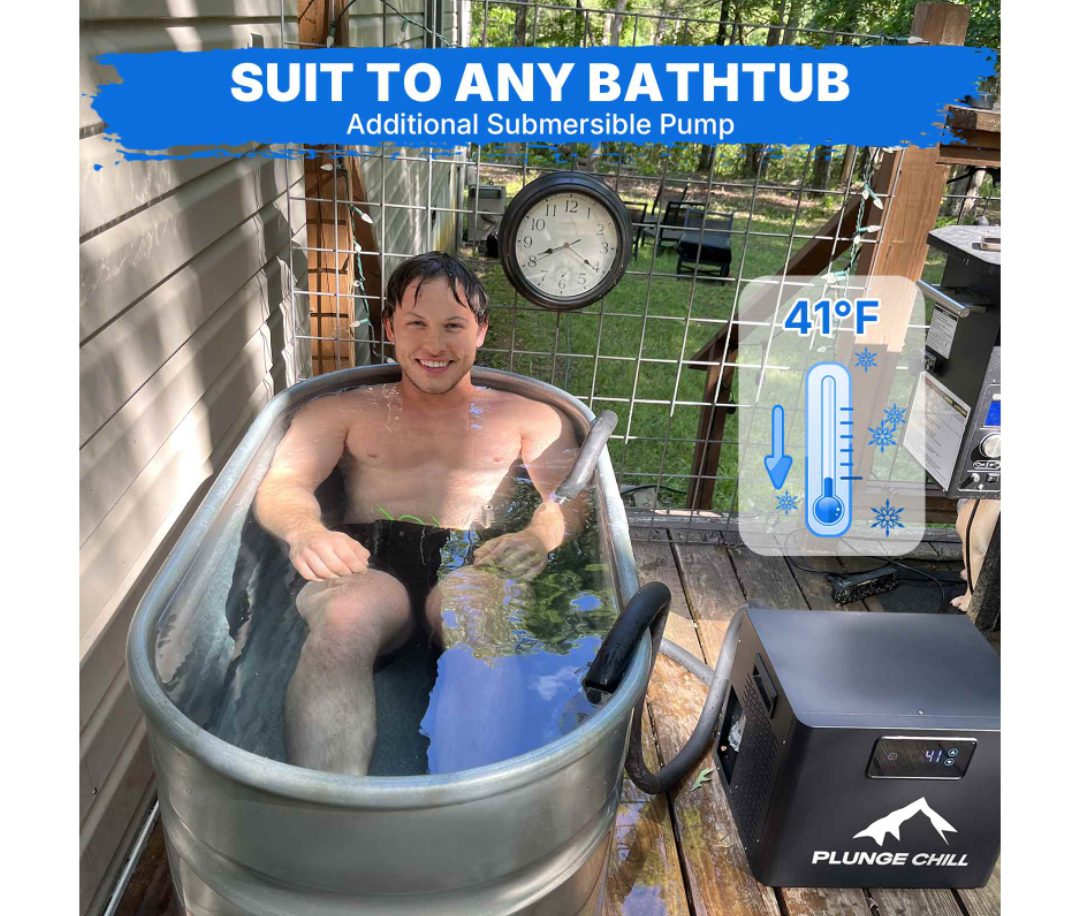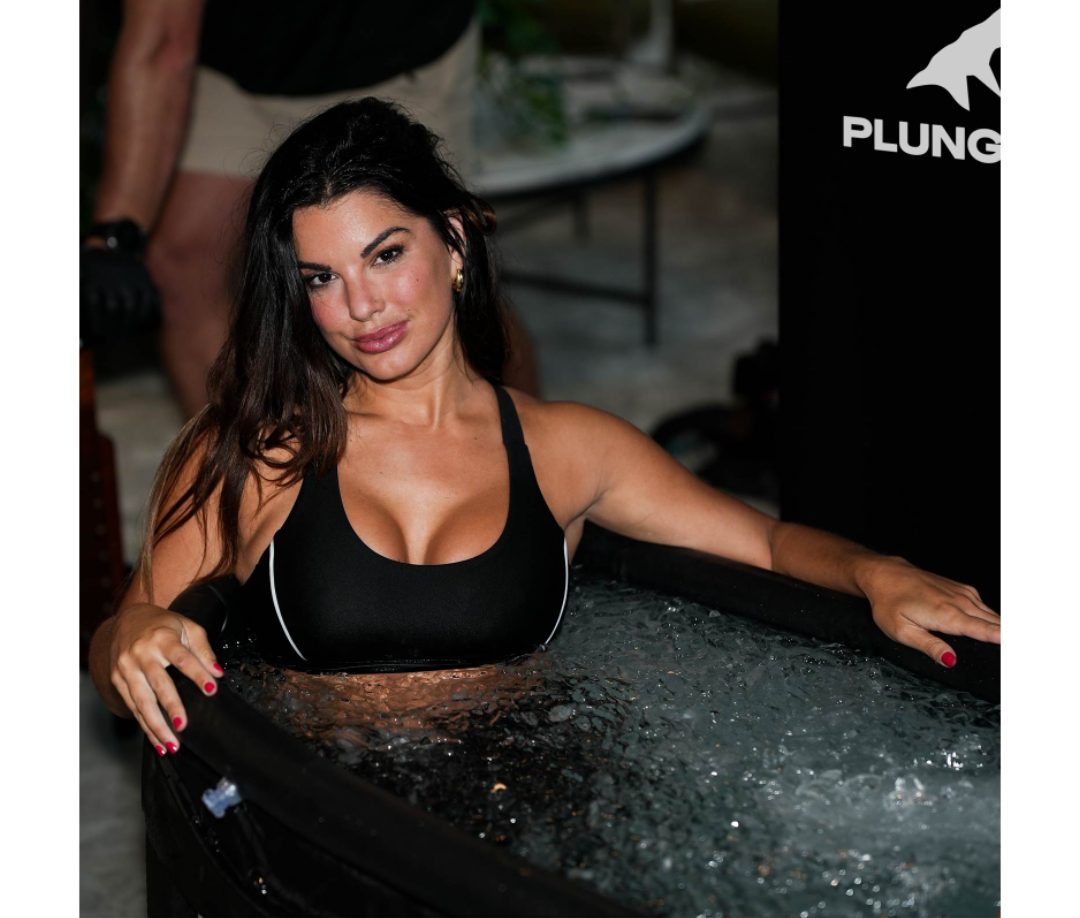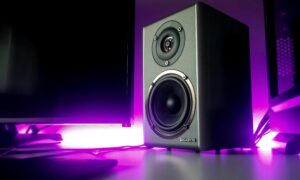Athletes pushing through grueling training sessions and biohackers optimizing every aspect of their performance share a common challenge: persistent muscle soreness and recovery that never seems fast enough. Traditional ice baths have long been the go-to solution, but hauling bags of ice and dealing with inconsistent temperatures makes cold therapy feel more like another chore than a recovery breakthrough. As elite performers and wellness enthusiasts increasingly turn to cold immersion for its proven benefits, a critical question emerges: Can cold plunge tub chillers finally make consistent, effective cold therapy practical for everyday use?
These advanced systems eliminate the guesswork and hassle of traditional methods by delivering on-demand cold water therapy at precisely controlled temperatures. No more emergency ice runs or waiting hours for your bath to reach the right temperature. Modern cold plunge tub chillers maintain therapeutic cold ranges continuously, transforming recovery from an occasional luxury into a sustainable daily practice. For biohackers seeking measurable performance gains and athletes demanding faster turnaround between training sessions, this technology represents a fundamental shift in how we approach recovery optimization.

The Science Behind Cold Therapy and Athletic Recovery
When you immerse your body in cold water, a cascade of physiological responses begins immediately. Blood vessels near the skin’s surface constrict through vasoconstriction, redirecting blood flow to protect vital organs and reducing inflammatory markers at injury sites. Once you exit the cold environment, vasodilation floods tissues with oxygen-rich blood, accelerating the removal of metabolic waste products like lactic acid. This cycle creates an internal “flushing” mechanism that enhances cellular repair processes.
Research consistently demonstrates that cold immersion reduces delayed onset muscle soreness (DOMS) by up to 20% compared to passive recovery. A 2016 meta-analysis in the Journal of Physiology found that athletes using cold therapy between training sessions experienced faster strength recovery and reduced muscle damage markers. The cold stimulus also triggers norepinephrine release, which not only dampens pain perception but enhances focus and alertness. For biohackers tracking performance metrics, this neurochemical response offers measurable cognitive benefits alongside physical recovery. The mental fortitude developed through regular cold exposure translates to improved stress resilience, as repeated voluntary discomfort strengthens the prefrontal cortex’s regulation over the amygdala’s fear response.
Cold Plunge Tub Chillers Explained: Your Advanced Recovery System
A cold plunge tub chiller operates through three integrated components that work continuously to maintain therapeutic temperatures. The compressor unit functions like a reverse water heater, actively removing heat from the water rather than adding it. This refrigeration system connects to a circulation pump that draws water through the cooling mechanism, while simultaneously passing it through filtration to remove contaminants. Digital temperature controls allow you to set your target range—typically between 39°F and 60°F—and the system automatically maintains it within one degree of your specification.
This automation eliminates the fundamental limitation of ice baths: temperature decay. Traditional methods require 50-100 pounds of ice per session, which begins melting immediately and creates unpredictable thermal conditions. With a chiller system, you simply fill your tub once, set your preferred temperature, and the unit maintains that exact condition indefinitely. The set-and-forget functionality means your cold therapy is ready whenever your schedule allows, transforming recovery from a logistically complex event into a simple routine.

Evolution From Ice Baths to Modern Plunge Chill Tubs
Traditional ice baths present two critical problems that undermine consistent recovery protocols. First, temperature inconsistency creates variable therapeutic effects—the water might start at 45°F but climb to 65°F within 15 minutes as ice melts, moving outside the optimal range for vasoconstriction. Second, preparation time becomes a barrier; sourcing ice, transporting it, and waiting for temperature equilibration can add 30-60 minutes to each session. Modern chiller systems like those from Plunge Chill solve both issues by maintaining precise temperatures in the therapeutic sweet spot of 50-59°F continuously. This precision ensures every immersion delivers the same physiological stimulus, allowing biohackers to track recovery metrics with scientific accuracy and athletes to rely on consistent results between training blocks.
Top 5 Benefits for Biohackers and Performance Seekers
The most immediate advantage is eliminating the ice logistics that derail consistency. With 24/7 access to pre-chilled water, you can execute recovery protocols at optimal times—immediately post-workout when inflammation peaks, or first thing in the morning to spike alertness before critical tasks. This reliability transforms cold therapy from an occasional effort into a trackable variable in your performance stack.
Enhanced recovery speed directly translates to increased training frequency. When muscle soreness duration drops by 20-30%, you can schedule high-intensity sessions closer together without risking overtraining. Competitive athletes report maintaining peak output across consecutive training days, while biohackers note improved workout quality when cold immersion becomes part of their standard protocol. The nervous system benefits extend beyond physical recovery—regular cold exposure activates the vagus nerve, shifting your body toward parasympathetic dominance that improves sleep latency and deep sleep percentages. Data from wearable tracking devices shows users averaging 12-18% increases in restorative sleep phases after establishing consistent cold plunge routines.
Customization capabilities allow you to dial in protocols for specific outcomes. Lower temperatures around 50°F maximize anti-inflammatory effects for injury recovery, while slightly warmer 57-59°F ranges provide metabolic stimulation without excessive stress. This precision makes cold therapy a true biohacking tool rather than a one-size-fits-all intervention. Finally, the cost equation favors ownership—cryotherapy sessions run $40-80 each, meaning 50-75 sessions to break even on a quality chiller system that delivers unlimited use for years.
Choosing Your Ideal Plunge Chill Tub: Key Considerations
Capacity directly impacts your recovery consistency. Single-user systems with 50-80 gallon capacities work well for individual athletes, while households with multiple users should consider 100+ gallon models to maintain stable temperatures across back-to-back sessions. Evaluate your typical usage frequency—daily plungers benefit from larger reservoirs that minimize temperature fluctuations when the chiller cycles. Climate plays a crucial role in cooling performance; systems rated for 1°F per hour cooling are adequate for temperate regions, but hot climates demand units capable of 2-3°F per hour drops to combat ambient heat transfer through tub walls.
Sanitation features separate maintenance-heavy systems from truly practical solutions. Look for integrated ozone or UV filtration that continuously neutralizes bacteria and organic matter between water changes. Quality systems include micron filters that capture particles before they reach the chiller components, extending equipment lifespan. Maintenance requirements vary dramatically—basic models need weekly filter cleaning and monthly deep sanitization, while premium units with automated cleaning cycles reduce hands-on time to quarterly tasks.
Lifestyle Integration Factors for Busy Biohackers
Space efficiency becomes critical when optimizing home environments. Compact vertical chillers with external mounting options preserve floor space in garages or dedicated recovery rooms, while all-in-one units with built-in tubs require 6-8 square feet of permanent footprint. Measure doorways and access points before purchasing—many systems arrive as single pieces that won’t navigate tight corners. Energy consumption directly affects operational costs; efficient compressors drawing 1,500-2,000 watts maintain temperatures for $30-50 monthly, while older technology can double those figures. Noise levels matter for early morning or late evening sessions—whisper-quiet models operating below 50 decibels allow use without disturbing household members, whereas budget units producing 65+ decibels limit placement options. Portability features like quick-disconnect fittings and wheeled bases enable seasonal relocation or transport between properties for biohackers splitting time across locations.
Implementation Guide: Maximizing Your Cold Therapy Results
Temperature selection should align with your primary objective. For post-workout muscle recovery and inflammation reduction, target 50-54°F—this range maximizes vasoconstriction without triggering excessive stress responses that could impair adaptation. Immune system stimulation and metabolic benefits emerge at slightly warmer 55-59°F, where your body activates cold shock proteins without the acute recovery focus. Mental resilience training responds well to the lower end of the spectrum, where the discomfort challenge is greatest.
Beginners should adopt a progressive exposure protocol to build tolerance safely. Start with 2-minute sessions at 59°F for the first week, focusing on controlled breathing to manage the initial shock response. Week two, drop temperature to 55°F and extend duration to 3-4 minutes. By week four, most users comfortably handle 50-52°F for 8-10 minutes—the duration where therapeutic benefits plateau for most recovery goals. Always enter the water slowly, submerging limbs before torso immersion to allow cardiovascular adjustment.
Timing dramatically affects outcomes. Post-workout immersion within 30 minutes of training completion targets peak inflammation, but avoid cold therapy immediately before strength sessions as it may blunt muscle protein synthesis. Morning plunges deliver maximum alertness benefits through norepinephrine and cortisol spikes that align with natural circadian rhythms. Evening sessions should conclude at least 3 hours before bed to prevent the metabolic boost from disrupting sleep onset. Critical safety considerations include avoiding sessions longer than 15 minutes, never plunging alone if you have cardiovascular conditions, and immediately exiting if you experience numbness in extremities or uncontrollable shivering. Individuals with Raynaud’s disease, cold urticaria, or uncontrolled hypertension should consult physicians before beginning cold immersion protocols.
Real-World Applications: Case Studies and User Experiences
A collegiate track athlete reduced hamstring strain recovery from 14 days to 8 days after implementing twice-daily cold plunges at 52°F following her physiotherapist’s protocol. Her training log showed she maintained 95% of her pre-injury sprint times within two weeks, compared to previous injuries requiring four weeks to reach that benchmark. The consistent temperature control allowed her to execute identical 10-minute sessions without the variable ice bath conditions that previously made recovery tracking impossible.
A biohacker monitoring heart rate variability through wearable technology documented a 23-point HRV increase over 90 days of morning cold immersion at 55°F. His sleep data revealed deep sleep duration increased from 58 minutes to 79 minutes nightly, while subjective energy ratings improved from 6.2 to 8.4 on his 10-point scale. He noted the elimination of ice purchasing freed 40 minutes weekly that he redirected to meditation practice, creating compounding wellness benefits.
Comparative studies show cold plunge users averaging 30% faster perceived recovery versus foam rolling alone, and 15% faster than contrast therapy methods requiring both hot and cold preparation. CrossFit athletes using pre-set chiller systems report completing high-intensity workouts on consecutive days without performance degradation, whereas their ice bath counterparts required additional rest days between sessions due to inconsistent cold exposure limiting inflammation control.
Making Cold Therapy Work for Your Performance Goals
Cold plunge tub chillers address the fundamental barriers that have kept cold therapy from becoming a sustainable daily practice for most athletes and biohackers. By delivering precision temperature control without ice logistics, these systems transform recovery from an occasional effort into a reliable performance variable you can track and optimize. The scientific evidence supporting reduced inflammation, accelerated muscle repair, and enhanced nervous system regulation makes cold immersion one of the most validated recovery interventions available—and chillers finally make it practical.
For biohackers demanding measurable results and athletes requiring consistent turnaround between training sessions, the investment delivers compounding returns. Beyond immediate recovery benefits, the mental resilience developed through regular cold exposure and the sleep quality improvements create systemic wellness gains that extend far beyond the tub itself. When you eliminate the friction of traditional methods, cold therapy shifts from something you should do to something you actually maintain.
Assess your current recovery bottlenecks honestly. If muscle soreness limits training frequency, sleep quality needs optimization, or you’re spending hundreds monthly on cryotherapy sessions, a cold plunge tub chiller represents a strategic upgrade to your performance infrastructure. The question isn’t whether cold therapy works—it’s whether you’re ready to make it work consistently for you.




























